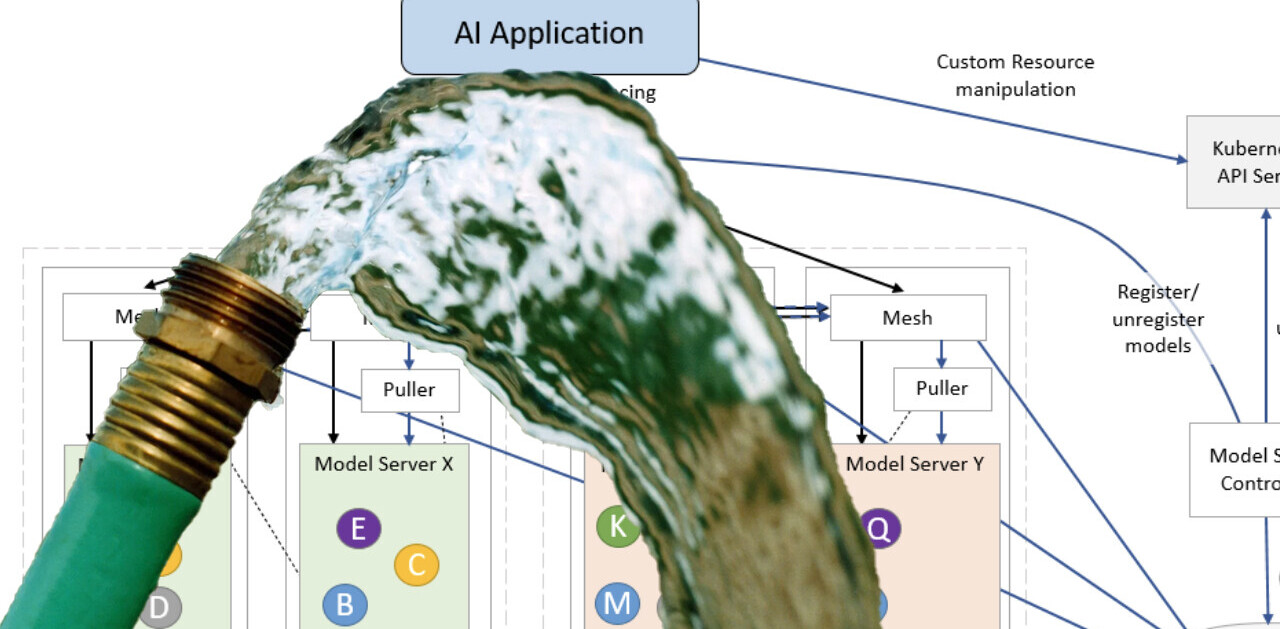
By now, we’re all aware of the danger deepfakes pose. These AI-generated videos of real looking people saying false things are regularly cited as one of the future’s biggest security concerns. And, rightly or wrongly, people are scared.
But… that can’t be all there is to them, right? By its very nature, technology is neither good or bad — it’s merely a tool. Yes, deepfakes can be used to spread rampant misinformation, but what about the other side?
And that’s what I wanted to find out: what’s the upside of deepfake technology?
In order to answer this, I spoke with Chris Ume from from Metaphysic. You might not recognize the name, but you definitely know his work. Specifically, the eerily impressive deepfakes of Tom Cruise that went viral on TikTok.
Have a look at some of them here:
Kicking right off, Ume told me about the unparalleled amount of “creative use cases” there are for deepfakes and synthetic media technology in general. He focused on the impact this could have on movies. This ranged from improving stunts, making foreign language dubbing more natural, and improving de-ageing (and ageing) technology.
Effectively, deepfake technology can “remove the limits of the camera.”
Gaming is another sector ripe for a deepfake revolution. “Imagine playing FIFA and having the real faces of the players,” Ume told me. Or, indeed, playing something like Metal Gear Solid and having a character with your own visage in the game.
It’s not just the entertainment industry though. Deepfakes could overhaul advertizing.
Ume brought up how stars like Ronaldo (or any other celebrity) could have their virtual selves (also known as datasets) captured, meaning they can ‘film’ commercials without actually having to be in a physical location.
This would open up a huge number of revenue streams, but is also a murky. What would stop celebrities’ images being used in, well, anything? I put this to Ume.
“It’s important to work with an ethical company.” Specifically, he said high-profile individuals need to ensure their datasets are protected and secure to stop potential abuse.
And what about the damage hundreds of adverts will do to their personal image? “Scarcity is something [people] need to work out for themselves,” Ume said.

This though is an off-shoot of a bigger issue facing deepfakes: regulation. Where do we draw the line between law and personal choice?
Ume is uncertain. Although he believes in regulation, he found it hard to suggest specific laws.
One element he was sure about though was tagging. In other words, every use of synthetic media or deepfakes should be labelled, whether directly on the screen, or in a code embedded in the video itself.
Ume thinks the current stumbling block is that governments see the technology in binary, while the reality is far more subtle. “It’s a thin line between funny and harmful,” he told me.

This needs to change fast though. Ume told me that hyper-real deepfake technology is progressing too fast to stop. It’s coming, whether governments like it or not.
But this needn’t be a bad thing. “We still have time to teach the public and find ways to deal with this technology,” Ume added.
In other words, if we equip individuals with the tools — both mental and physical — to detect deepfakes and synthetic media, it’s something we can handle as a society. This may be easier said than done, but it can be done.
The positive potential for this sort of technology is huge — and it’s not going anywhere. Now it’s up to experts, technologists, and governments to ensure the world is ready for it when realistic deepfake technology is in the hands of the masses.
Let’s just hope they leave us with deepfake Tom Cruise. We all need something to live for.
Update: Chris Ume is speaking at TNW Conference 2021 on September 30th and October 1st. There he’ll be joined by 150 other amazing experts who will share their latest insights from the world of business and tech.
Get the TNW newsletter
Get the most important tech news in your inbox each week.





